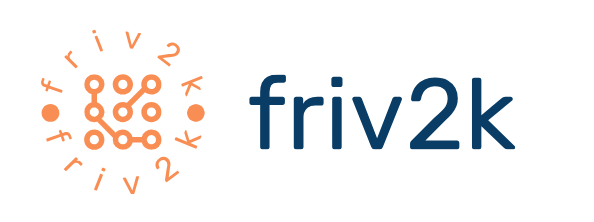A SaaS (Software as a Service) platform is a software distribution model in which applications are hosted by a service provider and made available to customers over the internet. Unlike traditional software, which requires installation on individual devices, SaaS platforms are accessed via web browsers. This model offers a range of benefits, including lower upfront costs, ease of access, and automatic updates. Users typically subscribe to the service on a monthly or annual basis, allowing for flexible and scalable solutions tailored to their needs.
How SaaS Platforms Operate: Behind the Scenes
SaaS platforms operate through cloud computing technology. Service providers host the software and related data in centralized servers located in data centers. Users can access the software from any device with an internet connection, making SaaS a convenient option for businesses with remote or distributed teams. The backend infrastructure, including servers, storage, and networking, is managed by the SaaS provider. This eliminates the need for customers to invest in and maintain their own hardware and software, reducing the burden on their IT departments.
Advantages of Using SaaS Platforms: Efficiency and Flexibility
One of the primary advantages of SaaS platforms is their efficiency. Because the software is centrally hosted, updates and patches can be deployed by the provider without requiring user intervention. This ensures that all users are always running the latest version of the software, enhancing security and performance. Additionally, SaaS platforms offer flexibility in terms of scalability. Businesses can easily adjust their subscription plans to accommodate growth or downsizing, adding or removing users as needed without significant disruption.
Cost-Effectiveness of SaaS: Budget-Friendly Solutions
SaaS platforms provide a cost-effective alternative to traditional software licensing models. With SaaS, there are no large upfront costs for purchasing software licenses or hardware. Instead, businesses pay a predictable subscription fee, which includes access to the software, updates, and support. This model can be particularly advantageous for small and medium-sized enterprises (SMEs) that may have limited budgets for IT investments. Additionally, SaaS platforms often include tiered pricing options, allowing businesses to select a plan that fits their specific needs and budget.
Accessibility and Collaboration: Enhancing Productivity
SaaS platforms enhance accessibility and collaboration within organizations. Since the software is accessible via the internet, team members can work from any location, using any device. This is especially beneficial in today’s remote work environment. SaaS platforms often include features that facilitate collaboration, such as real-time document editing, shared workspaces, and communication tools. These features enable teams to work together more effectively, regardless of their physical location, thus boosting overall productivity.
Security and Data Management: Trusting SaaS Providers
Security is a critical consideration when using SaaS platforms. Reputable SaaS providers invest heavily in securing their infrastructure and protecting customer data. This includes implementing advanced encryption, regular security audits, and compliance with industry standards and regulations. For businesses, this means that sensitive information is safeguarded by top-tier security measures, often more robust than what they could implement internally. Additionally, SaaS providers handle data backup and disaster recovery, ensuring that customer data is safe and recoverable in the event of a failure.
Customization and Integration: Tailoring SaaS to Business Needs
SaaS platforms offer a high degree of customization and integration capabilities. Many SaaS solutions provide APIs (Application Programming Interfaces) that allow businesses to integrate the software with other tools and systems they use. This creates a seamless workflow and improves efficiency. Furthermore, SaaS platforms often include customizable features and settings, enabling businesses to tailor the software to their specific processes and requirements. This flexibility makes SaaS an attractive option for businesses looking to enhance their operations with technology that adapts to their needs.
Examples of Popular SaaS Platforms: Industry Leaders
There are numerous SaaS platforms available, catering to various business needs. Some of the most popular and widely used SaaS platforms include Salesforce for customer relationship management (CRM), Slack for team communication and collaboration, and Google Workspace (formerly G Suite) for productivity tools like email, document editing, and cloud storage. Each of these platforms exemplifies the core benefits of SaaS: ease of use, accessibility, and continuous improvement through regular updates and new features.


